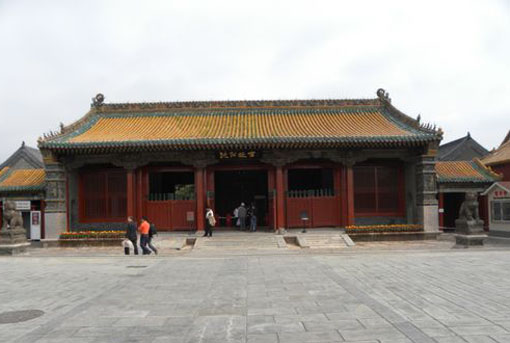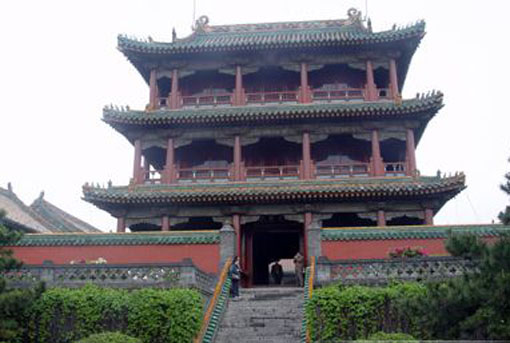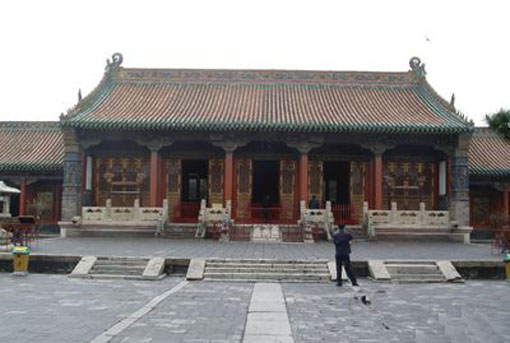|
||||||||||||||
|
||||||||||||||
Shenyang Imperial PalaceShenyang Imperial PalaceThe Shenyang Imperial Palace, located at No. 171, Shenyang Road, Shenhe District in Shenyang City, is the only existing royal palace in China outside of the Forbidden City in Beijing. The main structure of the palace was built in 1625 when Nurhachi was in power. It was finished in 1636 by his son Abahai (Huangtaiji). Nurhachi and Abahai were both founding emperors of the Qing Dynasty.
Covering an area of more than 60,000 square meters (about 71,760 square yards), the Shenyang Imperial Palace is one twelfth the size of the Forbidden City in Beijing. The palace consists of more than 300 rooms, formed around 20 courtyards.
The palace can be divided into three sections-the eastern section, the middle section and the western section. Each section boasts of unique characteristics.
The Shenyang Imperial Palace houses many ancient cultural relics, such as Nurhachi’s sword and Abahai’s broadsword. There are also many artworks displayed here, such as paintings, calligraphy, pottery, sculptures and lacquer ware.
Besides the Forbidden City in Beijing, the Shenyang Imperial Palace is the only other existing palace complex in China. Within its walls much is revealed about the early Qing Dynasty. It was listed by UNESCO as a World Cultural Heritage Site in 2004 as an extension of the Forbidden City and is now the most popular and renowned tourist attraction in Shenyang.
|




